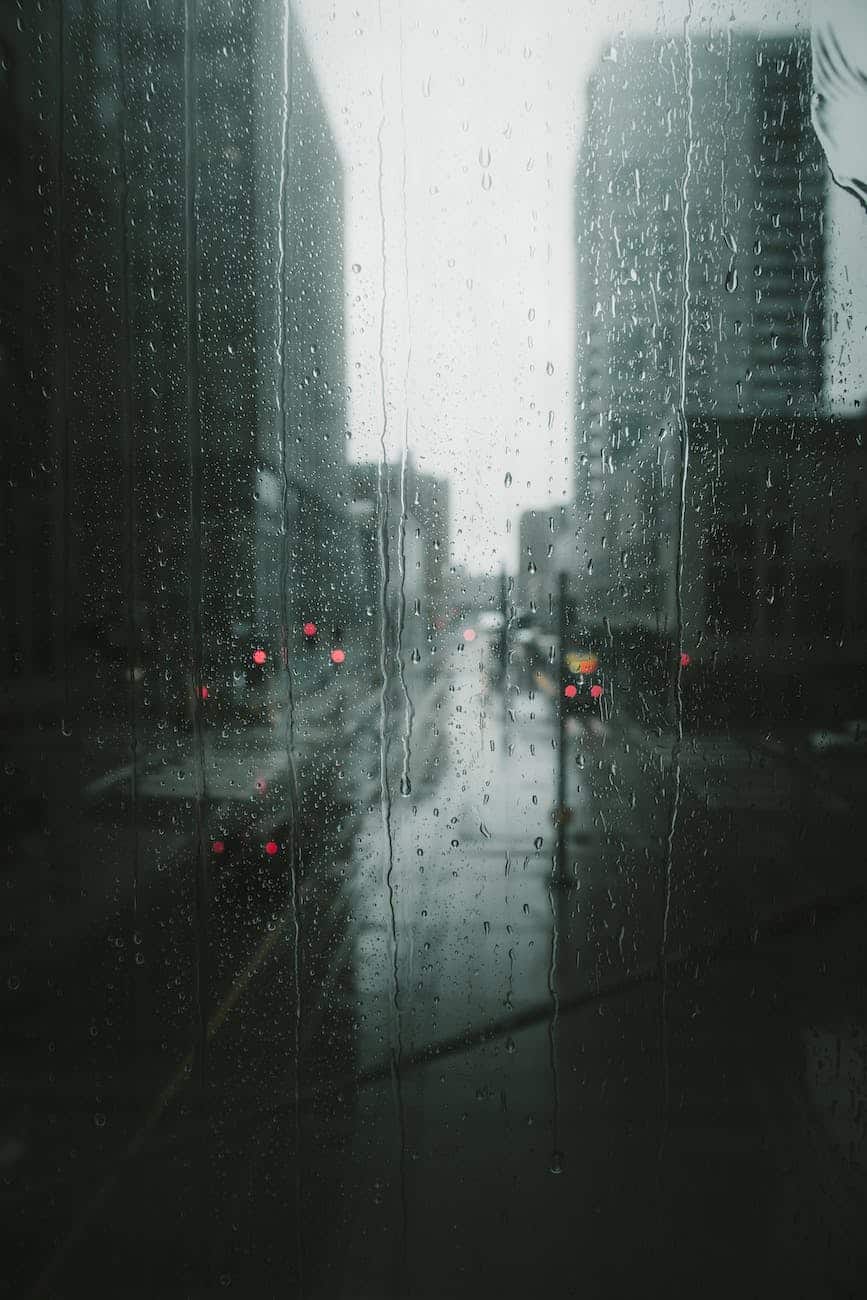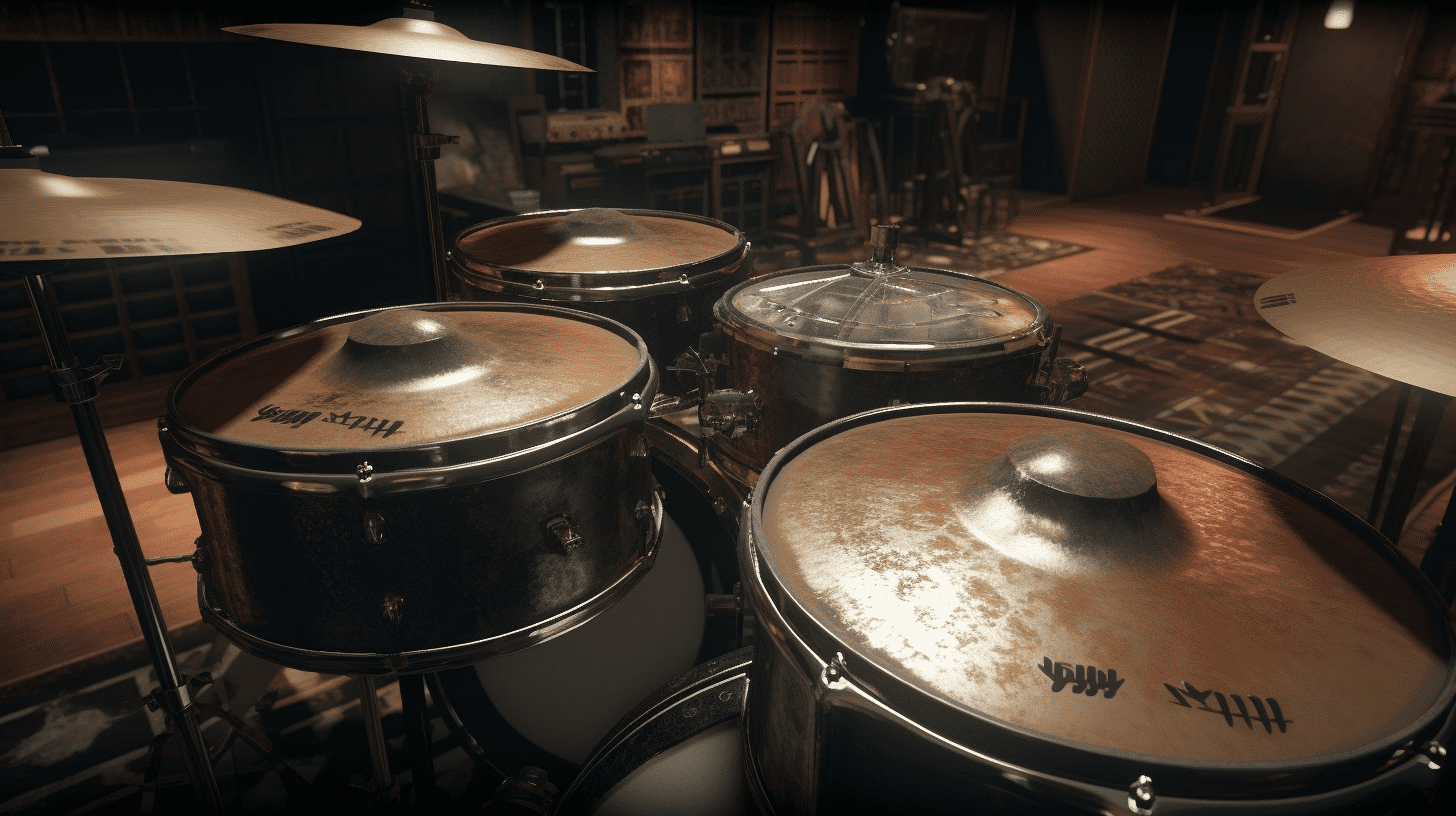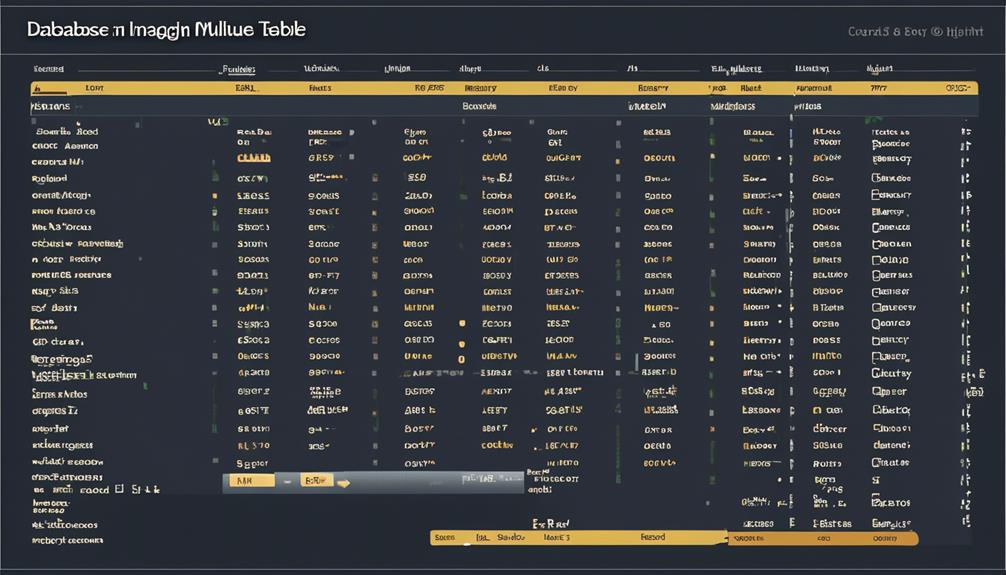Field Recording in The Rain
Would you like to add a special touch to your audio projects? Try capturing the magic of rain with field recording! The sound of rainfall is more than just background noise—it can inspire music and enhance your work. Despite facing challenges in wet and unpredictable conditions, with the right tools and determination, you can capture amazing sounds that bring the feeling of a rainy day to life or add a rich, atmospheric depth to your projects. Embrace nature’s challenge and explore the world of field recording in the rain! Discover more about it here.
Soaked Sounds: Recording in the Rain
Why not add some precipitation to your recordings and make them more interesting with field recording in the rain?
The rain isn’t just noise, it’s music – so why not capture it and create something beautiful?
It might be wet and wild outside, but you can still make great recordings – just bring the right gear and some determination!
Think outside the studio and embrace the elements for a unique sonic experience with field recording in the rain.
The Sound of Water: Capturing Nature’s Music
Water is one of the most versatile and evocative sounds in nature. From the gentle trickle of a brook to the crashing waves of the ocean, water can inspire all kinds of music and art. When recording water sounds, you can capture a wide range of textures and rhythms, and over time, the sound of water changes and evolves, offering endless possibilities for creative exploration.
One of the benefits of using water sounds in your recordings is that water interacts with other environmental elements in unique ways. The sound of water hitting different surfaces, like leaves or rocks, can create a vibrant soundscape that captures the essence of the environment.
Whether you’re recording close-up droplets or distant waves, capturing the sound of water can add depth and emotion to your audio projects. The next time you’re out in nature, take a moment to appreciate the beauty of water and consider how you can use it in your field recordings.
Rainy Day Rhythms: Finding Inspiration in the Storm
Rainy days may seem dull and dreary, but they can actually be a great source of inspiration for musicians and sound designers. With a bit of field recording in the rain, you can capture a range of unique sounds that can add depth and texture to your music.
The sound of raindrops hitting different surfaces can create all kinds of rhythms and textures that can be used in music production. Whether it’s the gentle pitter-patter of rain on a rooftop or the loud and constant patter of an intense storm, there’s something magical about the sounds of rain that can bring a composition to life.
In addition to the sounds of rain itself, there are also many other environmental elements that you can capture during a rainy day recording session. The sound of thunder, wind, and even individual raindrops hitting different surfaces offer endless possibilities for creative exploration.
Not only can the sounds of rain add depth and texture to a musical composition, but they can also help capture the feeling of a rainy day. This can create a sense of nostalgia and emotional connection with the listener, making the music more memorable and impactful.
So, next time it’s raining outside, grab your recording gear and embrace the elements for a new sonic adventure. Who knows what kind of musical magic you might discover in the storm.
Dancing in the Rain: How to Keep Your Gear Dry
Recording sounds in the rain can be exhilarating, but it can also be risky for your equipment. Here are some tips to keep your gear dry:
- Invest in weather-resistant gear. Look for rain covers for your microphones and other equipment.
- Use plastic bags or rain ponchos to protect your gear when necessary.
- Set up your equipment under a waterproof canopy or umbrella. This will not only keep your gear dry but also provide a shelter for you.
- Keep a towel or shammy handy to wipe off any excess water that gets on your gear.
- Stay alert and keep an eye on the weather. If you notice lightning or heavy downpours coming, have an exit plan ready.
- Consider filming or recording near an overhang or other structure that can protect you and your gear from the rain.
With a little bit of planning and preparation, you can dance in the rain and make great recordings without worrying about damaging your gear.
Making Music with Mother Nature: Using Natural Elements in Your Recordings
Nature is full of amazing sounds that can be used to create unique and interesting musical projects. Whether it’s the birds singing, leaves rustling or wind blowing, incorporating natural sounds can add depth and texture to your music.
Recording natural sounds can also help you connect with the environment and spread awareness about issues like climate change and deforestation. By using these sounds in your music, you can create a sense of urgency and bring attention to important issues.
Experimenting with natural sounds is not just a creative pursuit, but an opportunity to learn and appreciate the world around us. By listening closely to the environment we live in, we can find inspiration and create something truly beautiful.
- Use a high quality microphone to capture the nuances of natural sounds.
- Avoid recording in noisy environments or during peak traffic hours to minimize background noise.
- Make sure to properly credit any natural sounds used in your music.
- Try layering different natural sounds together to create a unique sonic landscape.
By incorporating natural sounds into your music, you can create a unique and powerful artistic statement. Not only will your music stand out from the crowd, but you’ll be raising awareness about important environmental issues as well.
The Art of Field Recording: Techniques for Capturing Environmental Sounds
Field recording is a specialized skill that requires a combination of technical knowledge, creativity, and an ear for sound. Whether you’re capturing the sound of nature, urban environments, or human activity, there are certain techniques that can help you achieve the best results.
Microphone Placement
One of the most important aspects of field recording is microphone placement. Depending on the environment and the sound you’re trying to capture, you may need to use different microphone techniques. For example, if you’re recording outdoor wildlife, you may want to use a stereo microphone setup to capture a sense of space and depth. If you’re recording a specific sound, such as a car engine or a musical instrument, you may need to use close miking techniques to isolate the sound and reduce ambient noise.
Ambient Sound
Ambient sound is the background noise present in any recording environment, and it can play a significant role in the overall sound of your recording. When you’re field recording, it’s important to pay attention to the ambient sound and try to reduce or control it as much as possible. This can be done by choosing a quiet location, using directional microphones, or waiting for a quiet moment to begin recording.
Wind Noise
Wind noise can be a problem when field recording, especially in outdoor environments. To reduce wind noise, you can use wind protection on your microphone or choose a location that is sheltered from the wind. Alternatively, you can try to use the wind creatively in your recordings, by capturing the sound of wind blowing through tree branches or creating a sense of movement and energy.
Recording Formats
When you’re field recording, it’s important to choose the right recording format for your project. For example, if you’re recording sound effects for a film or video game, you may want to use a high-quality, uncompressed format like WAV or AIFF. If you’re recording for a podcast or online video, you may be able to use a compressed format like MP3 or AAC without sacrificing too much quality.
Experimentation
Field recording is a creative pursuit, and there is no one “right” way to do it. To get the best results, it’s important to experiment with different techniques, equipment, and locations. You may discover new techniques that work well in certain environments or with certain types of sound. By continuing to experiment and learn, you can develop your own unique style of field recording and capture sounds that are truly original and inspiring.
Recreating Rain: Using Foley for Film and TV Productions
Rain is a common element of film and TV productions, and Foley artists are responsible for recreating these sounds in the studio. Foley is the reproduction of everyday sounds for use in film and video production. Using a variety of tools like rain sticks, buckets, and splashing water, Foley artists can create realistic rain sounds that match the visuals on screen.
Not only is Foley about creating realism, but it’s also about creating a sense of mood and emotion that enhances the viewer’s experience. Every rain event has a unique sound, and recreating that sound is a challenge that Foley artists embrace.
The creativity and ingenuity of Foley artists can often go unnoticed. Next time you’re watching a rainy scene in a movie or show, take a moment to appreciate the hard work of these artists who make it all possible.
Rainy Ambience: How to Create Atmospheric Soundscapes
Ambient soundscapes can be incredibly immersive and transportive, and using field recordings of rain can add a special quality to them. Here are some tips for creating your own rainy soundscapes:
1. Layer Your Recordings
Layering rain sounds with other environmental elements like birds, insects, and even traffic, can create a complex and engaging audio environment. Start by collecting various field recordings and experimenting with different combinations and levels.
2. Play with Panning, Filtering, and Reverb
Playing with these effects can help create a sense of space and depth, offering a more realistic and dynamic listening experience. Try experimenting with different settings and see which ones work best for your chosen soundscape.
3. Use EQ to Balance Your Mix
Equalization can help you balance the frequency spectrum of your mix, making sure that no element is too overpowering or lacking. Use EQ to remove any unwanted frequencies, accentuate certain sounds, and make sure that everything sits well together.
4. Think About the Mood You Want to Convey
Do you want your soundscape to be calming and meditative, or do you want it to have a more intense and dramatic character? Think about the mood you want to convey and choose your sounds accordingly.
5. Remember to Listen to Your Mix in Different Environments
Make sure to listen to your soundscape on different playback systems and in different environments to make sure that it translates well. Be mindful of any unwanted background noise, distortion or imbalance, and adjust your mix accordingly.
Creating your own rainy ambience may take some time and experimentation, but with the right tools and techniques, you can create a captivating soundscape that transports your listeners to a rainy day.
Riding the Storm: Exploring the Power of Thunder and Lightning Sounds
Thunder and lightning may be intimidating, but they can also be a source of incredible sound recording opportunities.
Capturing the power and energy of a storm can add a dramatic and awe-inspiring element to your audio projects.
Recording the sounds of thunder and lightning may require more care and caution, but the results can be well worth the effort and risk.
Next time you’re caught in a storm, grab your gear and head outside – you never know what kind of sonic adventure awaits.
Singing in the Rain: Tips for Recording Your Own Original Soundtrack
If you’re a musician or composer, the sound of rain can be a unique and inspiring backdrop for your music. Here are some tips for recording your own original soundtrack:
- Record the rain sounds first to establish the mood and atmosphere of your piece.
- Experiment with different microphones and placements to capture the rain sounds in a way that complements your music.
- Consider incorporating other environmental sounds like thunder, birds or wind for a fuller, more dynamic experience.
- Use the rain sounds as a base for your composition and layer other instruments and elements to create a complete musical piece.
- Don’t be afraid to get creative and try new things. Rain recordings can offer a lot of versatility and potential for musical experimentation.
Singing in the rain takes on a whole new meaning when you’re recording your own original work – who knows what kind of magic you’ll create?
Can Field Recording in the Rain Enhance the Cinematic Experience of Shooting a Movie on Film?
Field recording in the rain can truly enhance the cinematic experience of shooting a movie on film. The natural sound of rainfall adds depth and emotion to the scenes, reviving the art of filmmaking by creating an immersive and atmospheric storytelling experience for the audience.
Conclusion
In conclusion, field recording in the rain offers a unique and exciting opportunity for sound enthusiasts, musicians, and artists. The sound of rain, water, thunder, and lightning can inspire creativity, evoke emotions, and add depth and texture to various audio projects.
However, recording in the rain requires preparation, skill, and caution to ensure the safety of equipment and personal well-being. With the right gear, techniques, and mindset, field recording in the rain can be a fulfilling adventure that brings us closer to nature and unlocks our creative potential. So, why not embrace the elements and let the rain be your muse? Who knows what kind of beautiful sounds and experiences you’ll capture and create?










